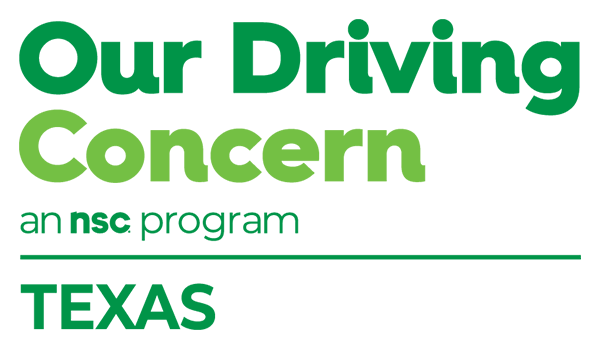Safety Coach
Slam the Brakes on Crashes
Rear-end crashes occur frequently and often result in property damage, injuries and fatalities. These types of crashes typically involve driver distraction, speeding and tailgating – behaviors that challenge all employers.
Some incidents occur because …
- A distracted driver slams into another vehicle that is slowing down on the highway for upcoming traffic or road construction
- A driver is distracted and fails to notice another vehicle slowing down to make a turn
- A driver accelerates as a traffic light turns yellow but does not account for the vehicle ahead that is stopping
- A driver accelerates and crashes into the vehicle in front at a traffic light or stop sign because he or she misjudges the speed and actions of that lead vehicle
How Prevalent Are Rear-End Crashes?
In 2019, the National Highway Traffic Safety Administration reported there were nearly 2.2 million rear-end crashes across the U.S. – about 32% of all crashes. Of that total, nearly 600,000 crashes involved injuries (including spinal injuries, brain injuries and whiplash) and more than 2,300 involved fatalities.
What Can Employers Do to Reduce Risk?
Crashes open the door for increased employer costs and liability exposure. Providing continuous education and transportation safety training are two ways to affect change. Start by sharing these safety tips to avoid rear-end incidents and tailgating:
- Avoid distractions. Be alert and aware of nearby vehicles.
- Allow adequate space between your vehicle and the vehicle in front of you. A general rule of thumb: Keep 10 feet back for every 10 mph you are driving. When following a motorcycle or truck, fall back even farther.
- Avoid blind spots. Truck drivers have blind spots on both sides of their vehicles, in front and behind the trailer they are pulling. If you can’t see the truck’s mirrors, you likely are driving in a blind spot and the truck driver can’t see you. If you’re driving alongside a truck, pass as quickly as possible without jeopardizing your safety or the safety of others around you.
- Most vehicles can stop or change lanes quickly; trucks cannot do that because of their size and weight. A passenger car traveling at 65-mph will need about 300 feet to stop, a truck traveling 65-mph requires double that – about 600 feet.
- Trucks need extra space to make wide turns. Give them plenty of room.
Display this vintage poster from the National Safety Council: Tailgating Lowers Your Professional Rating … It’s Dangerous!
Technology Can Help
Lead a presentation on automatic emergency braking, a safety feature that comes standard on many vehicles today. Sensors track the vehicle ahead and can apply the brakes to help you avoid a collision. Make use of these tools from MyCarDoesWhat:
- Quick guide
- How this technology works
- Q&A
Then, watch this video with your group: Automatic Emergency Braking Demonstration.
Conclude with this reminder: Today’s vehicle safety features are meant to assist drivers, not replace them. The choices we make behind the wheel are up to each one of us. Choose safety.

Tailgate Talk
Implications of Impairment
In America, 1 in 12 workers deals with an untreated substance use disorder. Here’s your chance to learn how to identify the warning signs before one of your employees is involved in an incident while behind the wheel or on the job.
Click this link to register for free online training Wednesday, Aug. 25: Opioids and CNS Depressants/Stimulants: A DITTE Deep Dive. This training explores the effects of opioids and other narcotic analgesics, and describes impact by reviewing a court case. Leading resources on overdose and intervention will be highlighted.
Then, take what you learn back to your location. Get tools and free resources to assist in your safety efforts:
- Safety Talk: Can you read the signs of impairment? Use this free Safety Huddle sheet to lead a conversation at your workplace.
- What You Can Do: Opioid use threatens safety and your bottom line. This toolkit can help.
- Dollars and sense: Find out the real cost of substance use in your workforce.
- Remember the signs: Share this video.
Research shows workers with substance use disorders miss about two more weeks of work each year than their peers. But those who have reported receiving treatment typically achieve the highest attendance rates. Be a part of the solution. Participate in International Overdose Awareness Day on Aug. 31. Find events near you and help employees remember a lost loved one, too.

